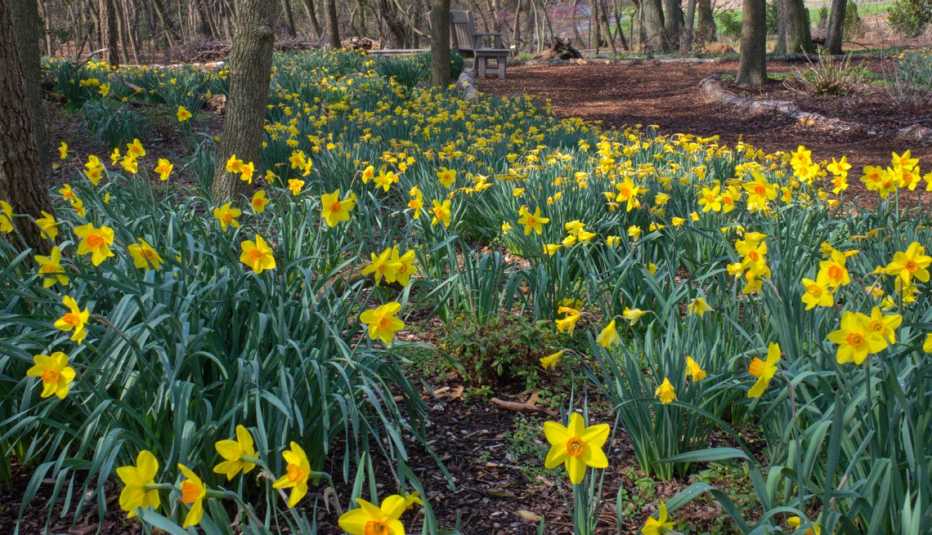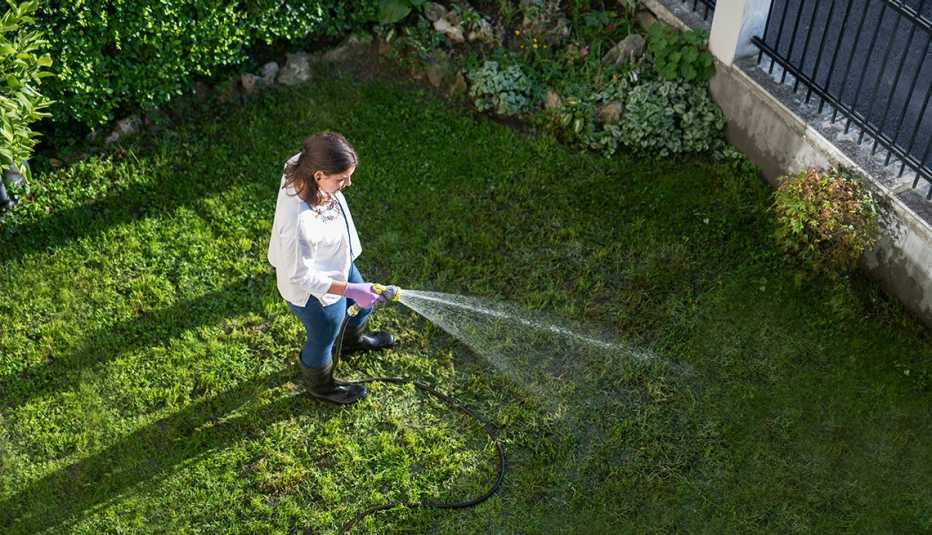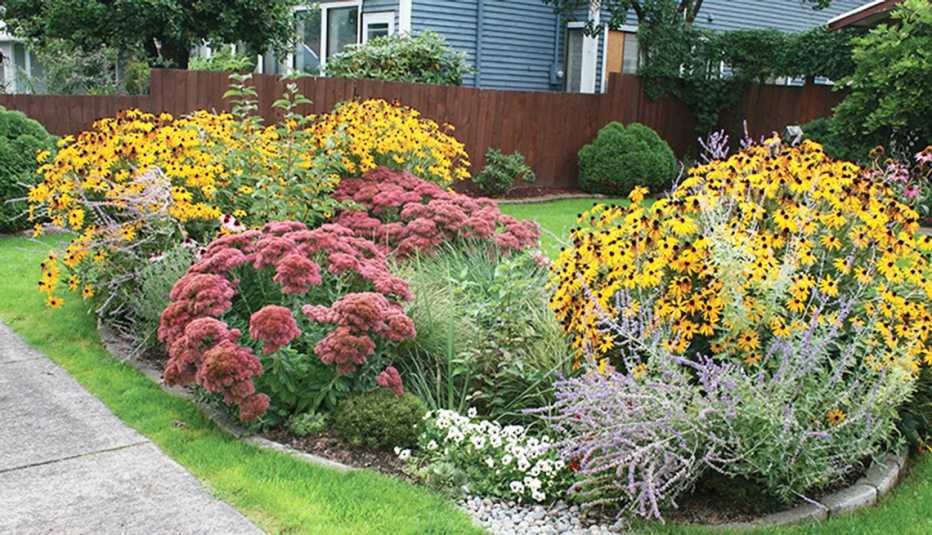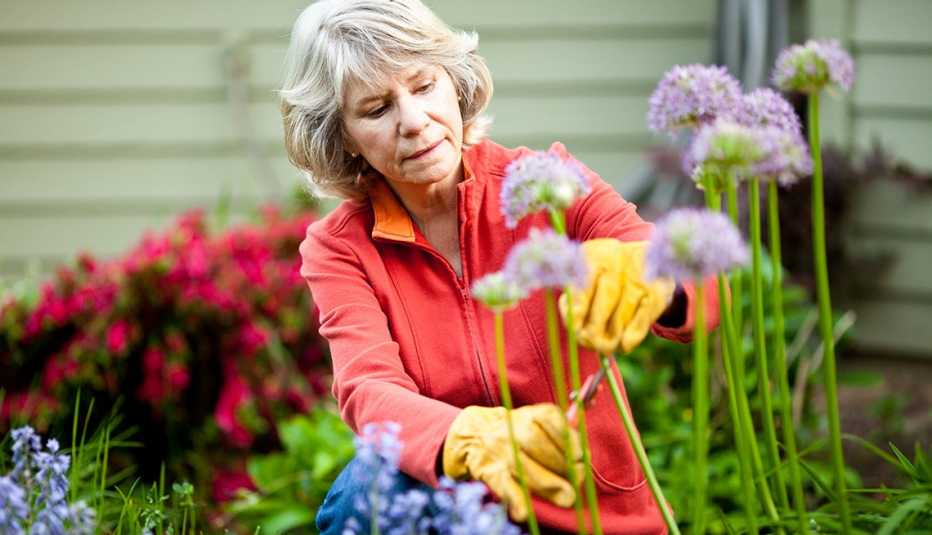Staying Fit
When flower bulbs bloom, they can be showy, brilliant and bright, serving as the antidote for many gardeners suffering through the winter doldrums.
But it takes a bit of thinking ahead to plant bulbs before the frost, and some patience to wait for them to poke their green stalks out of the cold ground months later. The payoff is that spring riot of color as they bloom from February into June, often before perennials and grasses.


AARP Membership— $12 for your first year when you sign up for Automatic Renewal
Get instant access to members-only products and hundreds of discounts, a free second membership, and a subscription to AARP the Magazine.
Avid gardeners like Jim Jonker, 72, of Holland, Michigan, appreciate the “delayed gratification” of flower bulb planting.
“You plunk them in, and then you wait. You think about something else all winter, and then all of a sudden in the spring — boom! — there they are,” he says. “It’s very rewarding.”
Choose the right bulbs for your space
Most true bulbs — tulips, irises and daffodils — require six hours of sun per day to thrive, return the following year and can be incorporated without detracting from a landscape design or stealing nutrition from other plants.
When planting, make sure to choose a sunny spot. Some bulbs, particularly native ones like Virginia bluebells or camassia, spring beauty, and trout lily, can be situated in partly shady areas as long as they get enough sun to recharge before trees get their leaves.
Look for bulbs that are firm, with no signs of mold or rotting, and plan to plant six weeks before the first freeze in your area to give the roots time to establish.
If you need to purchase bulbs earlier, store them in the refrigerator to keep them fresh. If the ground doesn’t freeze where you live, you can give bulbs a dose of cold by refrigerating for eight to 10 weeks and then planting. But avoid storing bulbs with fruit that emits gases, such as apples, which can cause rot. When planting, look for spots with good drainage and give bulbs a soaking when first planted, but don’t water after that.
Jonker recommends planting bulbs in pots at least 6 to 8 inches in diameter. Plant them, water them and store them in an unheated garage (or your refrigerator) for at least 12 weeks.
“In the spring, take them out and put them in the sun, and you can have beautiful tulips or daffodils anywhere,” says Jonker, the former owner of Jonker’s Garden in Holland, Michigan. You can also plant them in elevated planters, raised beds or in window boxes.


Go for a more natural look
Stephen Pryce Lea, the director of horticulture at the Delaware Botanic Gardens at Pepper Creek in Dagsboro, Delaware, wanted to give visitors more early season colors in the mainly native Meadow Garden, designed by the renowned Dutch designer Piet Oudolf, who also created the plan for New York City’s High Line.





































































